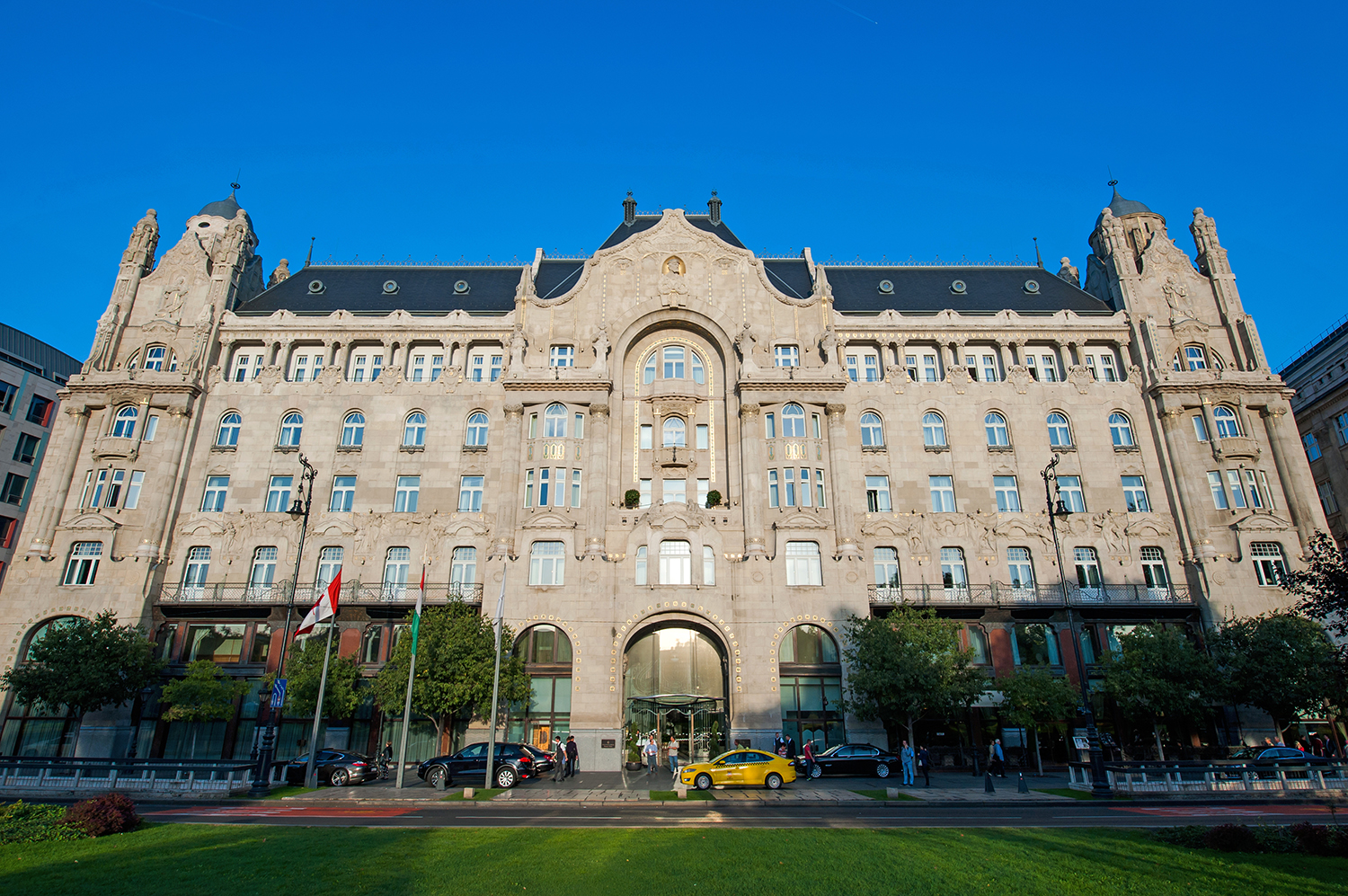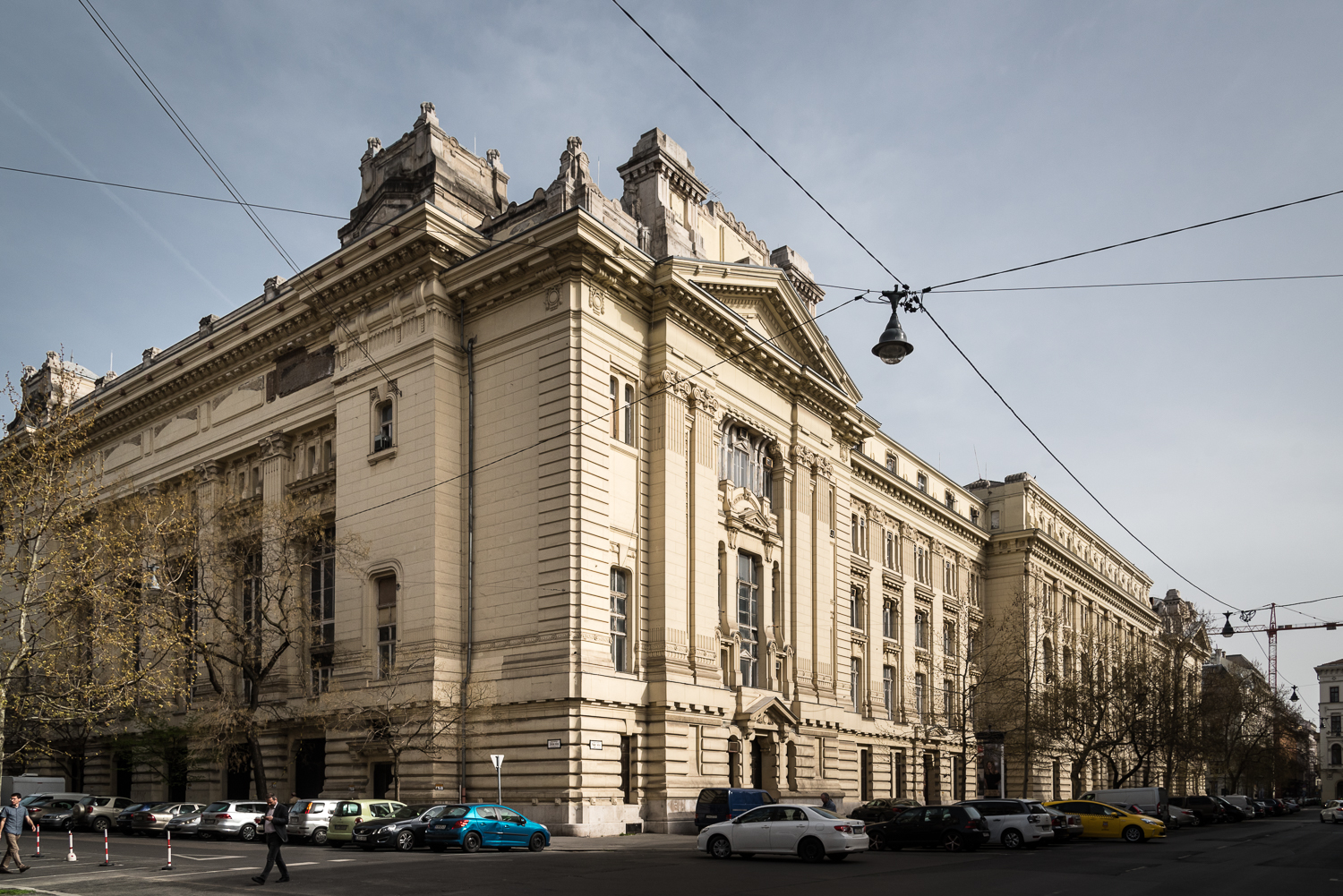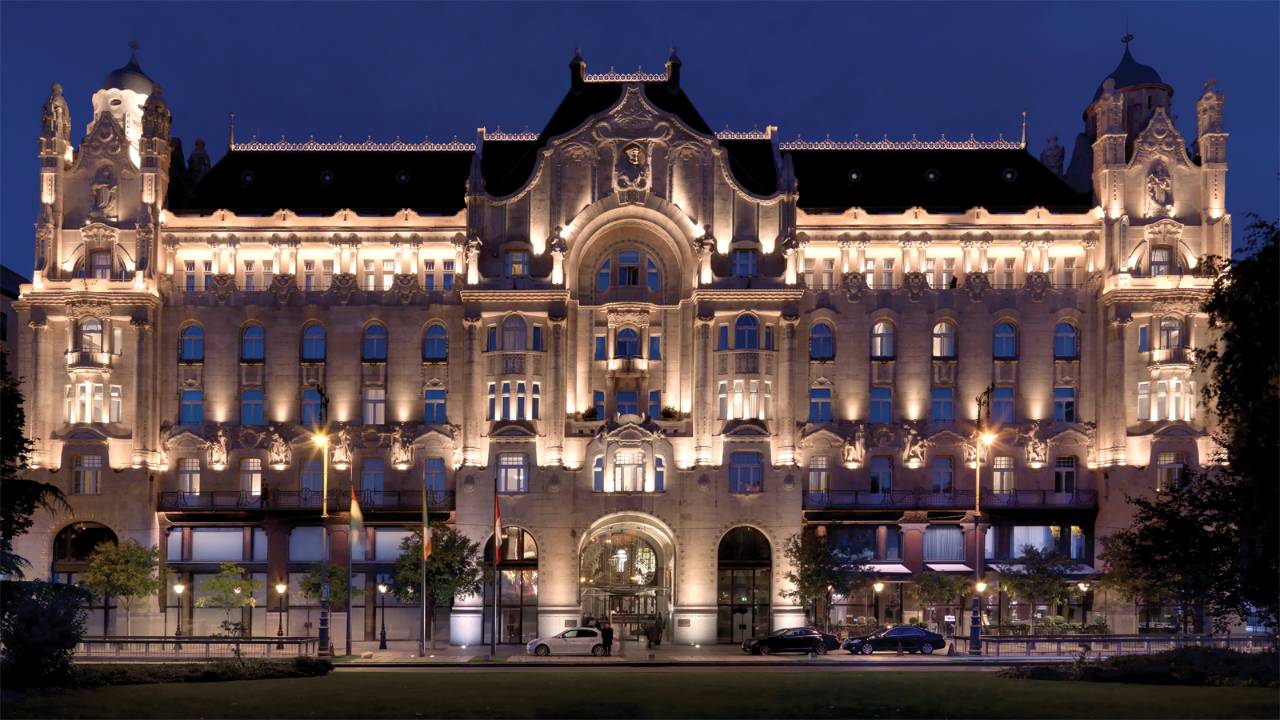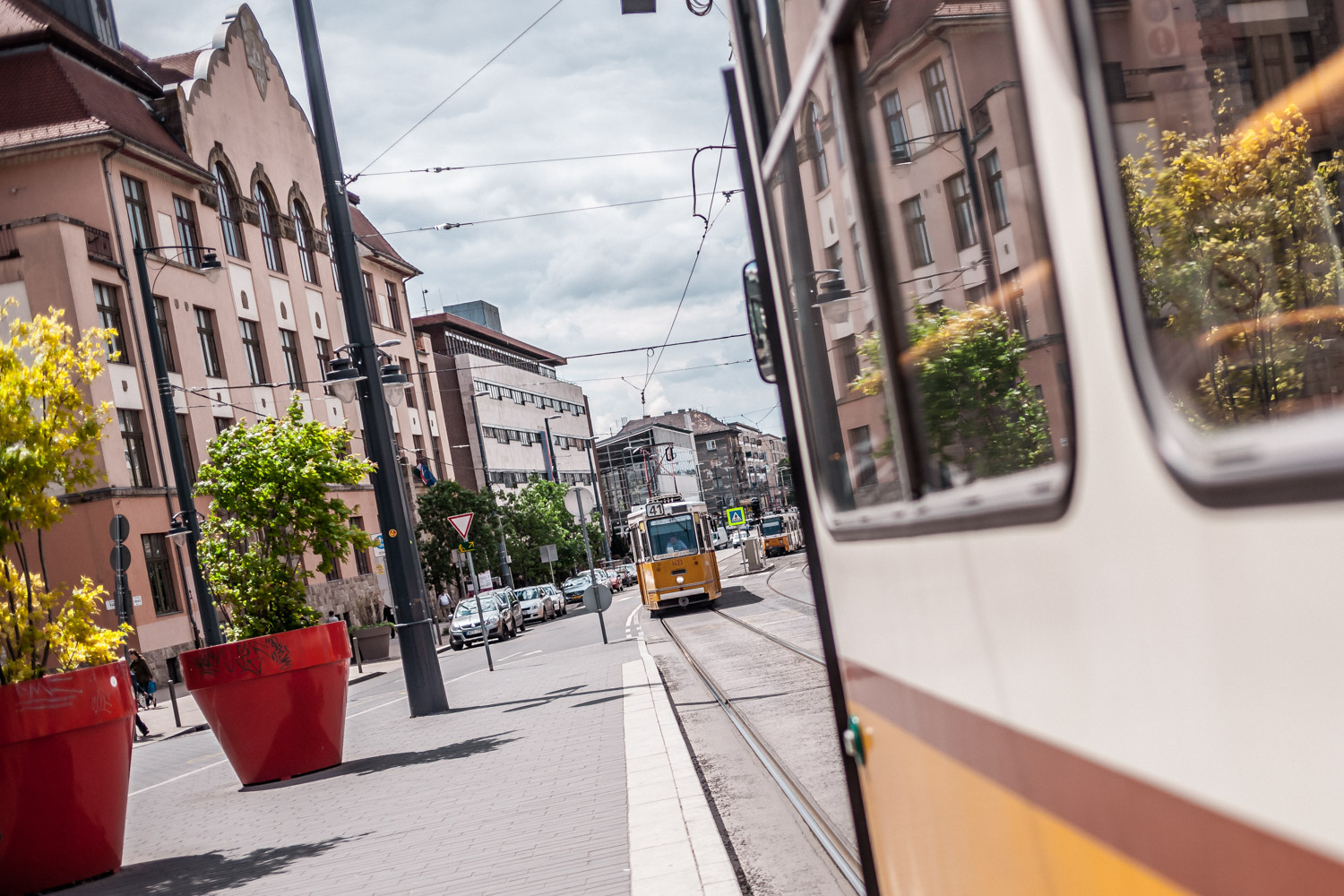Occupied by brokers from 1907 through May 1948, the Exchange Palace later housed the Lenin Institute and the House of Technology until the 1955 arrival of the Hungarian Television Broadcasting Company (MTV). As a result of a series of gradual transformations, the building’s interior was altered beyond recognition. After MTV vacated the premises in 2009, one of the most famous addresses of Budapest was purchased by a Canadian real estate developer. The newly converted palace is already home to the , and – once the development of the property is complete – it will also comprise offices, cafés, and various shops. Portfolio.hu reports that the new units will be launched in 2017.
With the launch of the nightclub PRLMNT in 2014, the imposing, Italian-Baroque-style main hall was filled with life once again. The aim of the owners was to create a significant and hip cultural and electronic music venue, and it appears that their enterprise is very successful. Featuring a unique sound system and visual elements, PRLMNT regularly hosts parties, contemporary theater productions, and fashion shows.
PRLMNT (closed)
Address: 1066 Budapest, 62. Teréz Boulevard
3/4
From insurance-company headquarters to hotel – Gresham Palace
Listed among UNESCO’s World Heritage sites since 1987, the Budapest headquarters of the London-based Gresham insurance company was erected in 1906 in accordance with the designs of Zsigmond Quittner and the Vágó Brothers. Built in line with contemporary architectural trends, the grand building is a product of the rapid advances of the early 20th century. A fine example of Central European Art Nouveau, the palatial waterfront property is decorated with lots of stained glass, mosaics, and wrought-iron details. The 12,000-square meter, five-story office building was more than a place of work: the employees were registered here as habitual residents. The downstairs café was a regular haunt of the Gresham Circle artist association.
After the economic depression of the 1930s, the insurance company left Hungary, and Gresham Palace was transferred into state ownership in 1948. Later housing a bunch of offices as well as luxury apartments, the building started to deteriorate due in part to the damages of World War II. Located opposite Budapest’s iconic , the well-known landmark was acquired in 1999 by Gresco Rt., and renovated by 2004 in the framework of a 100 million-euro investment. The once glamorous edifice was revived as with 179 rooms, two presidential apartments, and a royal suite. Now the ground floor’s serves gourmet Hungarian cuisine, while the on-site bar can be found in the indoor passage called Páva Udvar.
4/4
From transformer house to art center – Trafó
As one of the companies that introduced electricity to the Magyar metropolis, Budapesti Általános Villamossági Rt. set up one of its five transformer stations on Liliom Street, in District IX. A characteristic representative of industrial Art Nouveau, the building was designed by the distinguished duo of architects Gerstenberg and Arvé, and constructed in 1909. It was used as a transformer house until the end of World War II, and as storage space during most of the following decades. At the beginning of the ’90s the abandoned house was rediscovered by the French anarchist art group named Resonance, and following in the footsteps of similar Western European movements, the group squatted in the building to host performances, concerts, and lectures. The transformer house was purchased by the Municipality of Budapest in 1998.








